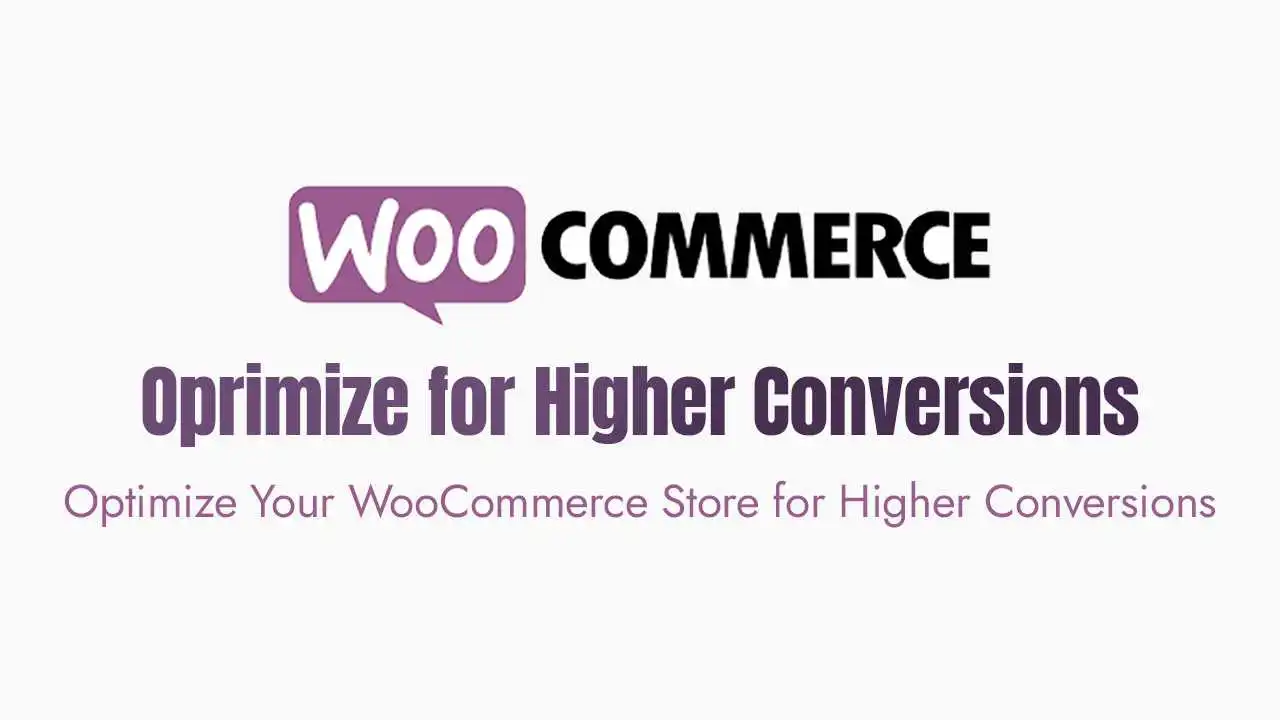1. The Foundation: Speed & Performance
Optimize Images: Large image files are a common culprit for slow load times. Use image optimization plugins (like Smush, Imagify) to compress images without sacrificing quality.
Implement Caching: Caching plugins (like WP Super Cache, LiteSpeed Cache, WP Rocket) store static versions of your pages, significantly reducing load times for returning visitors.
Minify Code: Minify HTML, CSS, and JavaScript files to remove unnecessary characters and reduce file sizes. Many caching plugins offer this feature.
Choose a Lightweight Theme: Start with a fast, well-coded WooCommerce-compatible theme. Avoid themes bloated with unnecessary features.
Invest in Reliable Hosting: Your hosting provider is the backbone of your store. Opt for a hosting plan specifically optimized for WooCommerce or e-commerce, with ample resources.
2. Enhancing User Experience (UX) & Navigation
Clear Site Architecture & Menus: Organize your products into logical categories and subcategories. Ensure your main navigation menus are easy to understand and use.
Effective Search and Filtering: Implement a robust search bar and intuitive product filters (by price, size, color, brand) to help customers quickly narrow down options.
Mobile-First Design & Responsiveness: A significant portion of online shopping happens on mobile devices. Ensure your WooCommerce store is fully responsive, offering a seamless and fast experience on smartphones and tablets. Test your site regularly on various devices.
3. Optimizing Product Pages to Persuade:
High-Quality Visuals:
Multiple, Clear Images: Show your product from various angles, in different lighting, and in context (e.g., clothing on a model, furniture in a room).
Product Videos: A short video showcasing features or how the product works can significantly increase engagement.
360-Degree Views: For certain products, interactive 360-degree views provide a comprehensive visual.
Compelling Product Descriptions:
Focus on Benefits: Instead of just listing features, explain how the product will benefit the customer or solve a problem.
Easy to Read: Use bullet points, short paragraphs, and clear headings.
Keyword-Rich: Naturally incorporate relevant keywords for SEO, but always write for your human audience first.
Strong, Clear Calls to Action (CTAs):
Use prominent “Add to Cart” or “Buy Now” buttons with contrasting colors.
Ensure CTAs are above the fold on product pages.
Leveraging Social Proof:
Customer Reviews & Ratings: Display star ratings and encourage written reviews. Reviews build immense trust.
Testimonials: Feature positive quotes from satisfied customers.
“Bestseller” or “Customer Favorite” Labels: Highlight popular products to guide new buyers.
Creating Urgency & Scarcity:
Low Stock Warnings: “Only 3 left!” can create a fear of missing out (FOMO).
Countdown Timers: For limited-time sales or promotions.
4. Streamlining the Checkout Process:
Simplify Forms: Reduce the number of required form fields to an absolute minimum. Use auto-fill options for addresses and contact information.
Offer Guest Checkout: Do not force customers to create an account before purchasing. Offer the option to check out as a guest and allow account creation after the purchase.
Multiple Payment Options & Express Checkout: Provide a variety of trusted payment gateways (credit cards, PayPal, Stripe). Implement express checkout options like Apple Pay or Google Pay for one-click purchases.
Transparent Pricing: Display all costs (item price, shipping, taxes) upfront in the cart. Hidden fees revealed at the last step are a major reason for abandonment.
Progress Indicators: Use a progress bar or step-by-step indicators to show customers where they are in the checkout process, reducing uncertainty.
Cart Abandonment Recovery: Set up automated email sequences to remind customers about abandoned carts, perhaps offering a small incentive to complete their purchase.
Exit-Intent Popups: Deploy popups that appear when a user is about to leave the checkout page, offering a last-chance discount or reminder.
5. Building Trust & Credibility:
Security Badges & SSL: Display trust badges (e.g., Norton Secured, McAfee Secure) and ensure you have an SSL certificate installed (HTTPS in your URL) to encrypt data.
Transparent Policies: Clearly link to your shipping, return, refund, and privacy policies. Make them easy to find and understand.
Clear Contact Information & Live Chat: Provide easy-to-find contact details (phone, email) and consider adding a live chat feature for instant support.
“About Us” Page and Brand Story: Share your brand’s mission, values, and the people behind the business. This humanizes your store and builds connection.
6. Personalization & Maximizing Average Order Value (AOV)
Product Recommendations: Utilize plugins or built-in WooCommerce features to display “Customers also bought,” “Related Products,” or “You might like” sections on product pages and in the cart.
Bundles and Discounts: Offer discounts for buying multiple items or creating product bundles (e.g., “Buy X, Get Y Free” or “Save 10% on a set”).
Post-Purchase Email Marketing: Send follow-up emails with related product suggestions or loyalty program information.
7. Measure, Test, and Iterate (The CRO Mindset)
Use Analytics: Integrate Google Analytics with your WooCommerce store to track visitor behavior, identify drop-off points in your sales funnel, and understand traffic sources.
A/B Testing: Don’t guess! Use A/B testing tools (e.g., Google Optimize, Optimizely) to test different versions of headlines, CTAs, product descriptions, layouts, and checkout flows to see what performs best.
Heatmaps & Session Recordings: Tools like Hotjar or Crazy Egg can show you exactly where users click, scroll, and get stuck on your pages.





